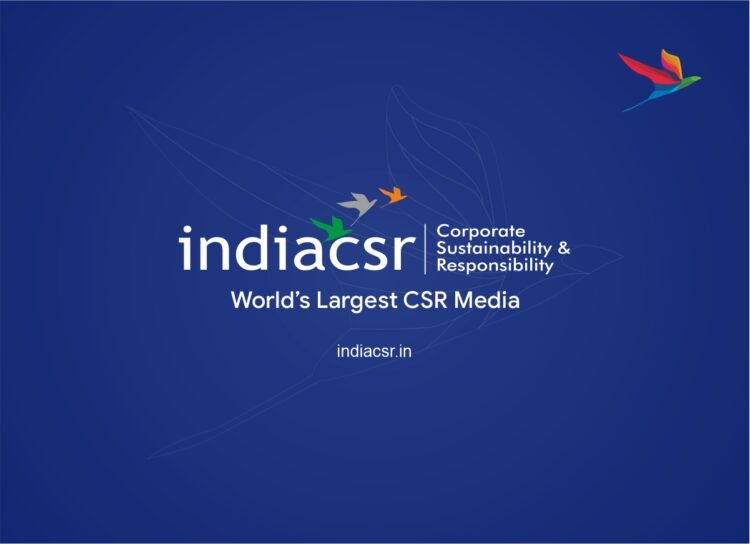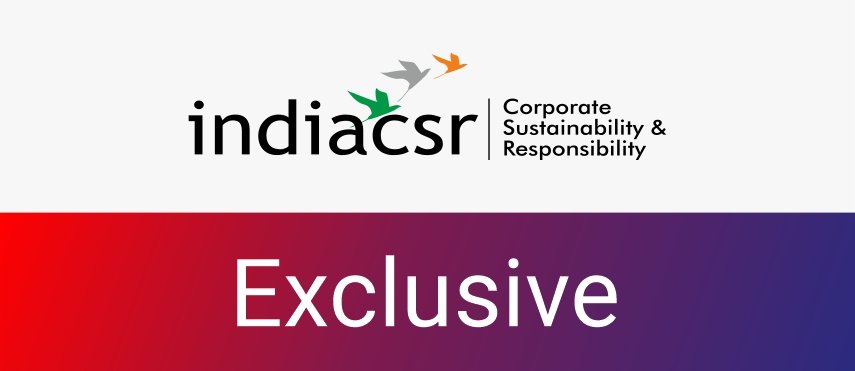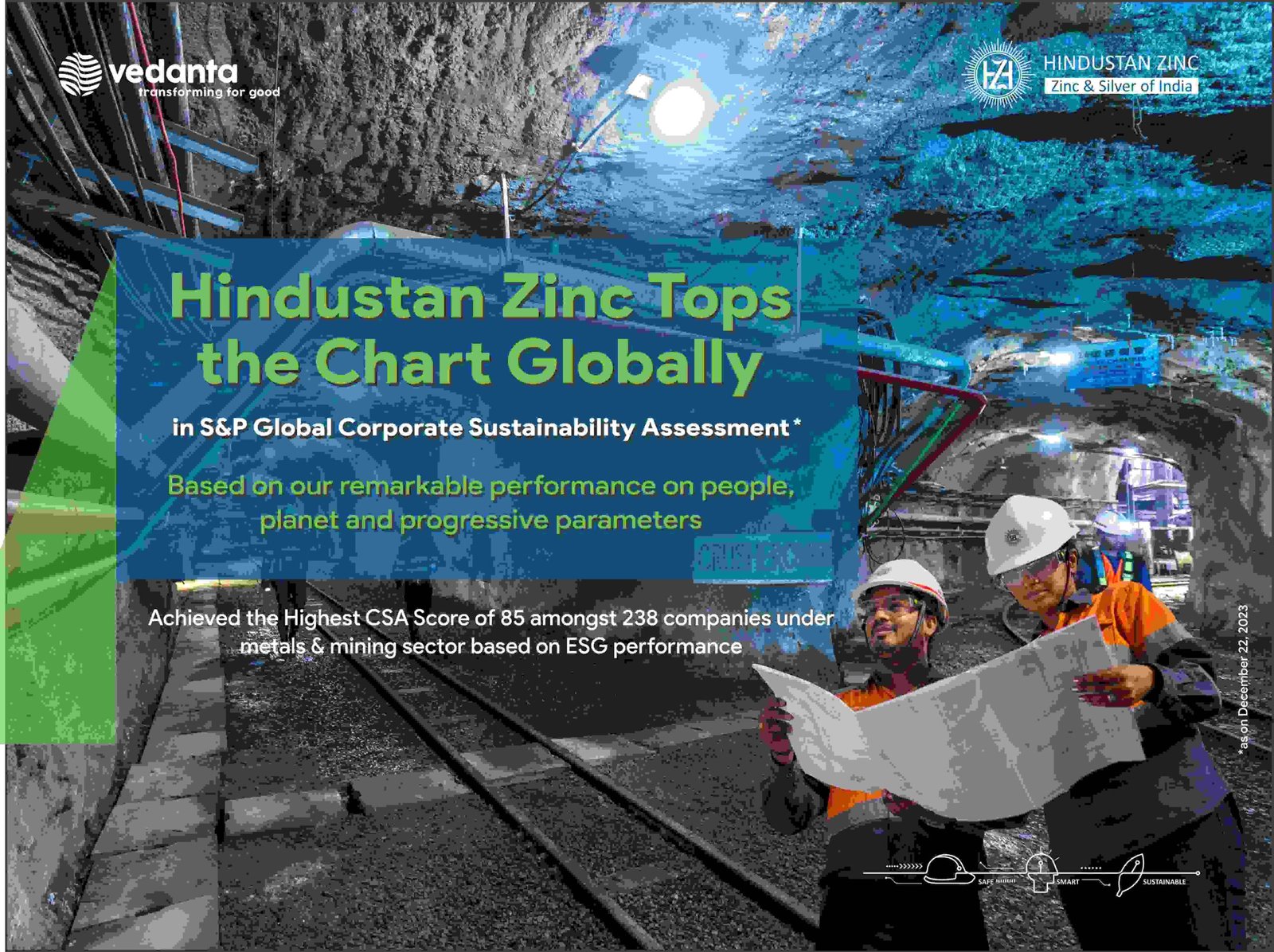By Manish V Pania
Affordable Housing is the today’s buzz in the housing sector. Affordable Housing is directly proportionate to the demand of households in different income ranges. Affordability is gauged as a ratio of cost of housing to income of household. The ratio differs for different income groups where lower income groups can afford to pay much less proportion of their income for housing than that of higher income groups.
Supply-Demand Imbalance in Affordable Housing
Demand for affordable housing continues to dramatically outpace supply. An estimated 18.78 million units are considered to be the housing shortfall at the beginning of the 12th Five Year Plan. These need to be built to make housing affordable to Economically Weaker Section extremely low-income households. Families that qualify as EWS & LIG often have access to federal and local subsidy programs, but with strong demand and dwindling supply, many of these households go unassisted.
Market Dynamics and Housing Shortfall
The market responds to purchasing power of different income group segments and does provides shelter to everyone. The level of shortfall is highest in case of the segment at the bottom of pyramid and is deficient in almost all characteristics of housing being it quality or hygiene or sustainability. The reasons for high pricing in the market is due to Higher land cost, Construction cost, Transaction cost & operational expenses, Profit margins, Taxes & duties, Delay in approvals
Also Read: Corporate Responsibility in Conservation of Biodiversity
Location-Specific Affordability Limits
The affordability limits (in terms of income prices ratio) are defined for the country as a whole and cannot be the case for all urban areas in the country. Housing is a location specific issue. The income limits, the affordability levels of the EWS, LIG and MIG need to be defined at the local level.
Revised Income Criteria for Government Schemes
Ministry of Housing has approved the revised income criteria for defining beneficiaries under government schemes for. Now urban poor having an annual household income of up to Rs. 1 lakh will be classified as EWS and those falling between Rs. 1 lakh and 2 lakh would be categorised as LIG. The new income criteria has been devised on the basis of the old criteria while taking into account growth in per capita income, minimum wages for non-agricultural workers, monthly per capita expenditure, National Housing Bank’s RESIDEX, Consumer Price Index and Consumer Food Price Index.
Government-Driven Affordable Housing Projects
The houses developed under this category ie for EWS & LIG are primarily Govt. driven schemes where the cost of home is sub 5 lakh with a horizontal development so as to provide housing to the section at the bottom of pyramid. These are large developments having huge number of row houses in a big plot area. Many of the corporate also support such initiative of rehabilitation in villages but those are at very small scale.
Affordable Housing Projects Amid Real Estate Recession
Last couple of years since recession has hit the real estate market; many real estate developers have launched Affordable Housing projects. These projects are apparently aimed at MIG i.e. basically for middle and upper middle income groups with an objective to provide homes of small sizes between 500–1000 Sq. Ft. comprising of Studio, 1BHK & 2 BHK apartments with price ranging between Rs.10 – 25 lakh.
Challenges of Affordable Housing Solutions
The lack of affordable housing is clearly a problem, but each of the proposed remedies — government subsidies, reform of zoning laws, more development, rent-stabilized properties, non-profit participation etc. — come with a cost.
Also Read: Neighbourhood Development – Role of Department of Atomic Energy




























